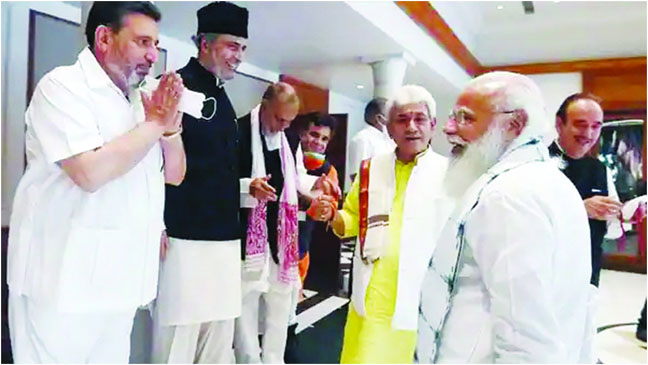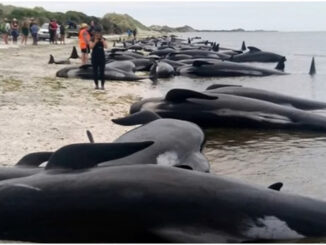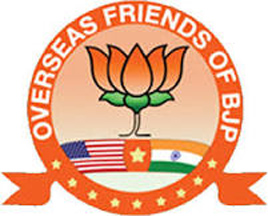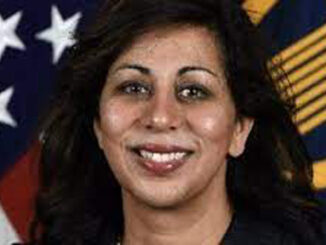
In politics, Jammu and Kashmir is a thorny issue. The issue of Jammu and Kashmir or the Kashmir issue as it commonly referred to is more or less a consequence of the British design of the partition of India in 1947.
It was complicated by Pakistan’s invasion of Kashmir two months after the partition that led to merger of Jammu and Kashmir (that also included the Union Territory of Ladakh) with the Union of India, and the first India-Pakistan war.
The war ended with a ceasefire line separating the two armies. This line became the Line of Control (LoC) that placed a huge part of Jammu and Kashmir and Ladakh under Pakistan’s occupation.
However, LoC has not remained a constant through over seven decades. During 1950s and 1960s, China took advantage of the situation and captured Aksai Chin.
Successive governments have tried to maintain status quo since then reiterating India’s claim on Pakistan-occupied Kashmir (PoK) and Gilgit-Baltistan. In 1990s, Parliament passed a resolution affirming India’s commitment to take back occupied territories of Jammu and Kashmir and Ladakh.
This status quo policy changed under the Narendra Modi government.
Two-and-a-half months into power, the Modi government stunned Pakistan by calling off diplomatic talks after its high commissioner met Kashmiri separatist leaders in Delhi ahead of official talks. It was a sharp departure from earlier approach. The Modi government accused Pakistan of interfering with internal affairs of India.
The J&K govt: 2015-2016
Election held in 2014 yielded a hung assembly.
– Ideological rivals, the Peoples Democratic Party (PDP) and the Bharatiya Janata Party (BJP) joined hands to form government.
– Mufti Muhammad Sayeed became the chief minister. He died in January 2016.
– His daughter Mehbooba Mufti became chief minister in April 2016.
July 2016
– Terror outfit Hizbul Mujahideen’s top commander Burhan Wani was killed in an encounter with the security forces. Protests erupted across the Kashmir Valley leading to violent clashes with security forces, and imposition of curfew. Several people died. Curfew was lifted after over 50 days.
September 2016
– This marked another major departure from status quo policy.
– Terrorists attacked the Uri army base,18 soldiers died.
– India carried out surgical strikes across the LoC in response.
– The government went public with the punitive action — a first in official record.
Fall of Mehbooba government
– In June 2018, the BJP pulled out of the Mehbooba Mufti government.
– Mehbooba was accused of going lenient on trouble-makers in Kashmir.
– Mehbooba Mufti charged, in turn, the Modi government of adopting a ‘muscular policy’ in Kashmir as against status quoist ‘conciliatory policy’ adopted by previous governments.
Clampdown on separatists—2016-2019
– The Modi government made a subtle change in policy towards the separatist leaders in Kashmir. They openly propagated anti-India views but they enjoyed perks and privileges from the government. This was questioned. By 2019, their security cover and financial assistance were gradually withdrawn. Their links to terror funding was investigated.
February 2019: Pulwama attack and Balakot strike
– On February 14, a convoy of security forces was targeted at Pulwama in Kashmir killing 40 soldiers. The Modi government responded — in a reminder of the surgical strike of 2016 — with an air strike hitting a terror camp in Pakistan’s Khyber Pakhtunkhwa province.
August 2019: The Kashmir decision
– The Modi government through an executive decision made Article 370 inoperative. Article 370 had a history and accorded special status to Jammu and Kashmir state. The decision stripped Jammu and Kashmir of its special status.
– The Modi government brought Jammu and Kashmir Reorganisation Bill, which split Ladakh from Jammu and Kashmir.
– Both units were made Union Territories. It was the first occasion when a state in India was turned into a Union Territory.
– Jammu and Kashmir was to have an assembly.
– The number of assembly constituencies was increased from 107 to 114 including 24 earmarked for PoK.
– Most mainstream leaders including former chief ministers Farooq Abdullah, his son Omar Abdullah and PDP chief Mehbooba Mufti were put under house arrest. Separatist leaders were arrested.
DDC polls: 2020
The government created a new elected body called the District Development Council for each of the 20 districts of Jammu and Kashmir. It was the first election since Jammu and Kashmir was stripped off the special status.
Delimitation
– The increase in assembly seats in 2019 required delimitation of constituencies. It is a process of reorganising territorial boundaries of existing constituencies for election to various bodies.
n A delimitation commission under Justice (retired) Ranjana Desai was announced in early 2020. The process is underway and the commission was given an extension of one year in March this year.
Source: India Today





Be the first to comment